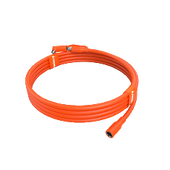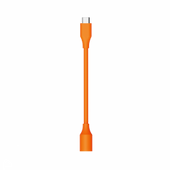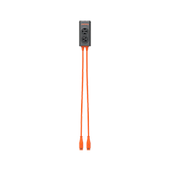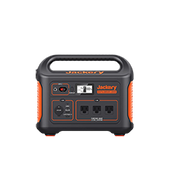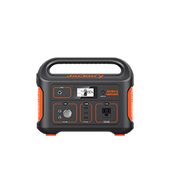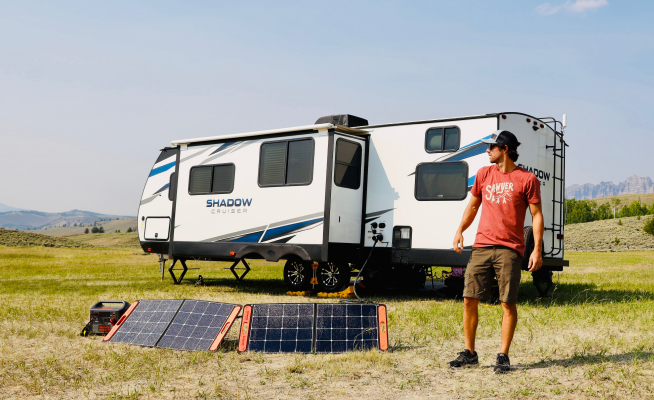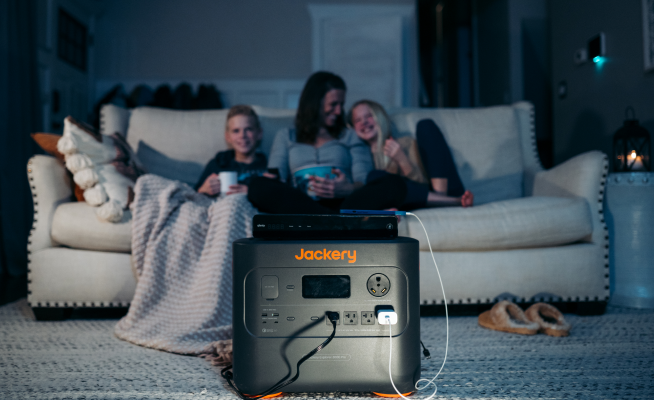More and more people are trading the hustle of city life for the tranquility of the great outdoors. It's a growing trend as individuals seek refuge from the monotony, finding solace in activities like camping, picnics, and hiking. Imagine immersing yourself in nature, surrounded by the beauty of the wilderness, all while staying connected to technology. How? With a portable power station, you can charge laptops and phones and power essential camping gear like lamps, heaters, grills, and mini-refrigerators. It's a seamless blend of nature and technology, ensuring you don't miss a beat even amidst the serene landscapes.
Venturing into the majestic landscapes of Canada adds an extra layer of challenge for outdoor enthusiasts, especially during the unforgiving cold winter days. In such weather, your job is tough if you do not have a generator with an MPPT solar charge controller to provide maximum energy from daylight, and the slightest sunlight could be more accessible. It is where a solar generator equipped with a solar charge controller becomes paramount. While conventional generators struggle in sub-zero temperatures, a solar generator with the right technology ensures a constant and reliable power source, overcoming harsh conditions and keeping you warm and connected in the heart of the Canadian wilderness.
Let's delve into the technological marvel that makes it all possible – MPPT (Maximum Power Point Tracking) solar charge controllers. Jackery stands out in the solar generator market with its MPPT technology. Unlike conventional controllers, MPPT ensures that the solar panels operate at peak efficiency, maximizing power extraction from the sun. This innovative feature makes Jackery portable solar generators not just power sources but reliable companions, adapting seamlessly to the diverse conditions of your outdoor adventures.
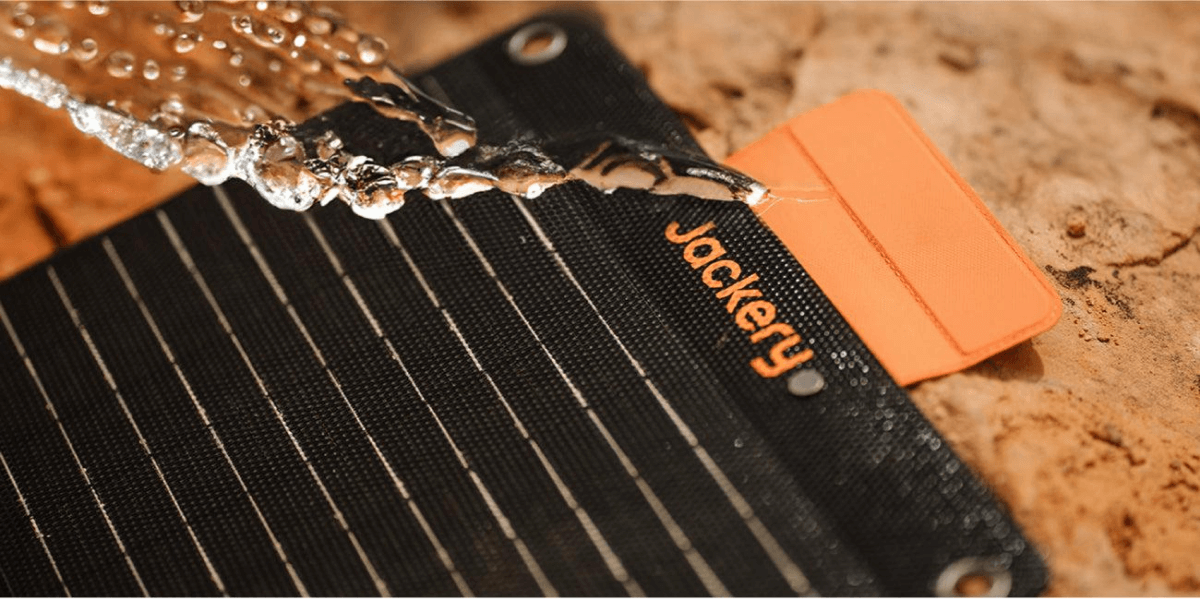
The Role of MPPT Technology in Cold Weather Conditions
Traditional solar charge controllers can be less efficient in cold weather due to the voltage drop caused by low temperatures. The voltage drop can cause the solar panels to produce less power than their rated capacity, which can lead to undercharging of the battery. It can be a problem for outdoor enthusiasts who rely on solar power to charge their devices and equipment.
MPPT (Maximum Power Point Tracking) technology effectively solves the efficiency challenges of low-temperature environments. MPPT solar charge controllers regulate the voltage and current from the solar panels and the battery. They ensure that the battery is not overcharged or undercharged, which can damage the battery. In cold weather, the voltage of solar panels increases beyond the nominal peak power output, generally tested at 25°C (77°F).
MPPT charge controllers convert all the solar electricity voltage possible into usable electricity. They operate at maximum power voltage (Pmp), higher than battery voltage. MPPT's maximum conversion efficiency is ideal in intermittent sun, cloudy conditions, and cold weather, where they boost module output more than in warm weather. MPPT controllers have fewer module restrictions than PWM (Pulse-Width Modulation) controllers, so they can also be used with 60-cell modules that are often unsuitable for PWM controllers. MPPT is fundamentally more complicated, but this also increases its cost.
Pulse-Width Modulation (PWM) charge controllers are another type of solar charge controller. They are less expensive than MPPT charge controllers but are less efficient in low-temperature environments. PWM charge controllers regulate the voltage and current coming from the solar panels and going to the battery by turning the solar panel's voltage on and off. They operate at the same voltage as the battery, which can lead to undercharging of the battery in cold weather.
Since PWM does not have high capacity and cannot be used with multi-cell modules, it cannot be used in places that require high energy capacity, such as homes and caravans. However, despite using it on a mobile device, PWM will still be the wrong choice due to performance and security vulnerabilities. Due to its total quality approach, Jackery does not prefer low-cost components but carries risks due to technology, capacity, and operating system. For this reason, the selected solar charge controller in Jackery products is MPPT.
Benefits of MPPT charge controllers for winter outdoor enthusiasts
Amidst the challenges of winter outdoor escapades, the advantages of employing MPPT solar charge controllers are particularly pronounced, offering tailored solutions to the distinctive demands of the season. First and foremost, these controllers play a pivotal role in enhancing efficiency and boosting power output under varying weather conditions. Their adaptive functionality allows real-time adjustments in response to sunlight intensity and temperature fluctuations. It proves crucial for winter enthusiasts navigating unpredictable climates, ensuring a consistent and efficient energy supply even in less-than-ideal weather scenarios.
1. Enhancing Efficiency and Power Generation Across Varied Weather Conditions
Using MPPT (Maximum Power Point Tracking) solar charge controllers significantly elevates efficiency and power output in diverse weather conditions. Operating at a maximum power voltage (Pmp) higher than the battery voltage, MPPT controllers prove most effective during intermittent sunlight, cloudy weather, and cold temperatures. It's particularly advantageous as they amplify module output more substantially in these conditions than in warmer weather.
Unlike PWM (Pulse-Width Modulation) controllers, MPPT controllers face fewer module restrictions, allowing compatibility with 60-cell modules that are typically unsuitable for PWM controllers. However, it is essential to note that the added complexity and cost associated with MPPT due to additional circuitry are factors to consider. Notably, Morningstar TrackStar™ MPPT technology stands out as an industry benchmark.
2. Optimizing Battery Charging and Prolonging Device Run Times
MPPT solar charge controllers play a pivotal role in enhancing battery charging capabilities and extending the operational duration of devices. By regulating both voltage and current from solar panels and the battery, these controllers prevent potential damage from overcharging or undercharging. In colder climates, where solar panel voltage exceeds the nominal peak power output tested at 25°C (77°F), only MPPT controllers can effectively capture this increased voltage.
Operating at a maximum power voltage (Pmp) higher than the battery voltage, MPPT controllers maximize the conversion of solar electricity into usable power. Their peak efficiency proves especially beneficial in challenging weather conditions such as intermittent sunlight, cloud cover, and cold temperatures. Additionally, MPPT controllers offer versatility by accommodating 60-cell modules, often incompatible with PWM controllers. While the added complexity makes MPPT more expensive, the substantial benefits make Morningstar TrackStar™ MPPT technology the industry standard.
3. Adaptability to Various Solar Panel Configurations for Winter Use
MPPT solar charge controllers showcase adaptability to different solar panel configurations, ensuring flexibility for winter activities. These controllers effectively manage the increased voltage output of solar panels during cold weather, preventing battery damage from overcharging or undercharging. Compared to PWM solar charge controllers, MPPT controllers are more efficient in cold conditions, making them an ideal choice for outdoor enthusiasts relying on solar power during winter. Despite being more expensive than PWM controllers, investing in MPPT technology becomes worthwhile for those seeking reliable and efficient solar power in cold weather scenarios.

Powering Winter Adventures with Jackery's Solar Generators
Jackery takes center stage in outdoor power solutions with its stellar lineup of solar generators, each a powerhouse in its own right. Let's dive into the impressive trio – the Jackery Solar Generator 300 Plus, Jackery Solar Generator 1000 Plus, and Jackery Solar Generator 2000 Plus – designed to elevate your winter outdoor adventures.
Jackery Solar Generator 300 Plus is a compact marvel that punches above its weight. Don't let its size fool you; this solar generator packs a punch, making it an ideal companion for winter camping trips where space is at a premium. A built-in MPPT solar charge controller ensures efficient power harvesting, allowing you to stay connected and powered up even in the coziest winter campsites.
Stepping up the game, the Jackery Solar Generator 1000 Plus is a robust power solution for those extended winter excursions. Including an MPPT charge controller maximizes solar efficiency, ensuring that even in challenging winter conditions, you have a reliable power source.
For the ultimate power experience, look no further than the Jackery Solar Generator 2000 Plus. This powerhouse is tailored for winter warriors who demand the utmost reliability and capacity. Whether setting up a base camp for a skiing expedition or gearing up for an extended winter hike, the Jackery Solar Generator 2000 Plus is your go-to solution. Its MPPT solar charge controller optimizes solar panel performance, providing a constant and efficient power source for all your winter adventures.
In essence, the compatibility of these solar generators with MPPT solar charge controllers is a game-changer. It means that regardless of the winter activity – be it camping, skiing, or hiking – Jackery's solar generators ensure a seamless integration of sustainable power, keeping you warm, connected, and powered up in the winter wonderland. So, gear up, embrace the cold, and let Jackery be your trusted ally in conquering the great outdoors, even in the harshest winter conditions.
Certainly! Let's delve into the technical capacities of Jackery's Solar Generator lineup, comparing the Jackery Solar Generator 300 Plus, Jackery Solar Generator 1000 Plus, and Jackery Solar Generator 2000 Plus:
Jackery Solar Generator 300 Plus
- Battery Capacity:The Jackery Solar Generator 300 Plus has a 288Wh lithium-ion battery. This capacity suits shorter outdoor adventures, providing ample power for charging devices, running small appliances, and keeping essential equipment operational.
- Output Ports:It features a variety of output ports, including AC, USB-A, USB-C, and DC, ensuring versatility for charging different devices simultaneously. It makes it ideal for camping trips, picnics, or day-long excursions where a compact and portable power source is sufficient.
- MPPT Solar Charge Controller:The integrated MPPT solar charge controller optimizes the efficiency of solar panel charging, ensuring maximum power extraction for the given conditions.
Jackery Solar Generator 1000 Plus
- Battery Capacity:Stepping up, the Jackery Solar Generator 1000 Plus boasts a larger 164Wh lithium-ion battery. This increased capacity caters to longer outdoor adventures, providing extended power for various devices and appliances.
- Output Ports:Similar to its smaller counterpart, the Jackery Solar Generator 1000 Plus features a range of output ports, maintaining versatility. It's suitable for activities like camping trips and extended hikes or as a backup power source during emergencies.
- MPPT Solar Charge Controller:Like the Jackery Solar Generator 300 Plus, the Jackery Solar Generator 1000 Plus model includes an MPPT solar charge controller, enhancing solar charging efficiency.
Jackery Solar Generator 2000 Plus
- Battery Capacity:Jackery Solar Generator 2000 Plus boasts a robust 2048Wh lithium-ion battery, making it the powerhouse of the trio. This capacity caters to longer excursions, providing ample power for extended camping trips, off-grid living, or emergencies.
- Output Ports:Jackery Solar Generator 2000 Plus ensures comprehensive compatibility with multiple devices and app

Conclusion: Empowering Your Winter Adventures with Jackery
At Jackery, we understand the critical role that MPPT (Maximum Power Point Tracking) charge controllers play in ensuring a seamless and reliable power supply during winter outdoor adventures. As winter enthusiasts, we recognize the unique challenges of cold temperatures and the necessity for advanced technology to overcome these obstacles.
In reiterating our commitment, we emphasize the pivotal role of Jackery solar generators in enhancing the efficiency of MPPT technology. Integrating MPPT charge controllers into our Jackery Solar Generator 300 Plus, Jackery Solar Generator 1000 Plus, and Jackery Solar Generator 2000 Plus ensures you get the most out of your solar panels, even in the harshest winter conditions. We prioritize innovation to empower your outdoor experience, and the utilization of MPPT technology is a testament to our dedication to providing cutting-edge solutions.
As we conclude, we encourage our readers to embrace sustainable energy solutions for their winter adventures. The winter landscape is a delicate ecosystem, and at Jackery, we believe in minimizing our environmental impact. Adopting solar power, coupled with the efficiency of MPPT solar charge controllers, ensures a reliable power source and contributes to a greener and more sustainable future. So, join us in making a conscious choice for clean energy and elevate your winter adventures with Jackery – where technology meets the great outdoors.
Related Articles:
Solar Pergolas VS. Solar Generators with Jackery
Solar Powered Laptop: Can Solar Generator Run A Laptop
Solar Powered Dehumidifier: Can A Solar Generator Power Dehumidifiers









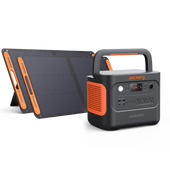

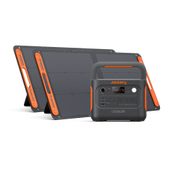
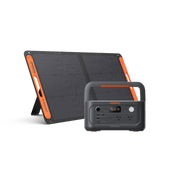
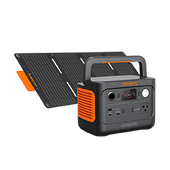


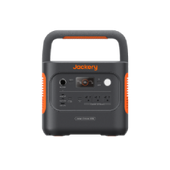
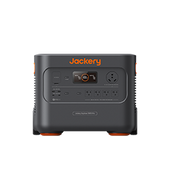
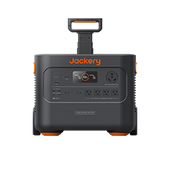

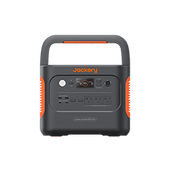
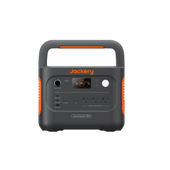
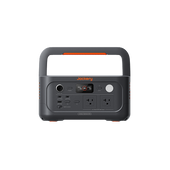

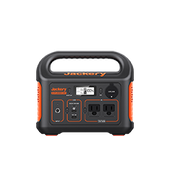
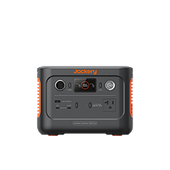

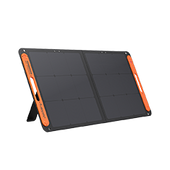

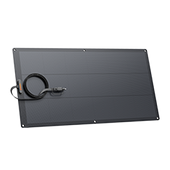
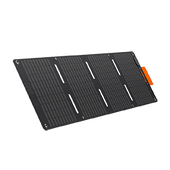
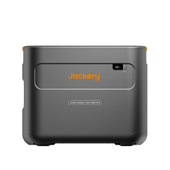
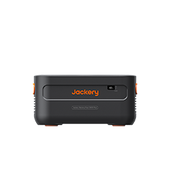
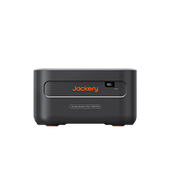
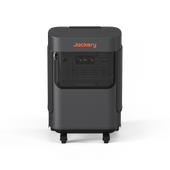
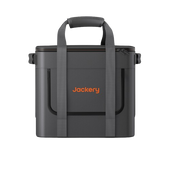

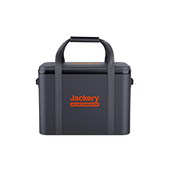
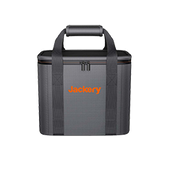
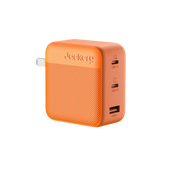
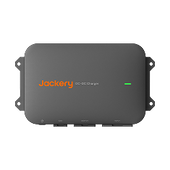
![[Add-on] Jackery Manual Transfer Switch for Explorer 5000 Plus](http://ca.jackery.com/cdn/shop/files/add-on-jackery-manual-transfer-switch-for-5000-plus-240V.webp?v=1757043692&width=170)
